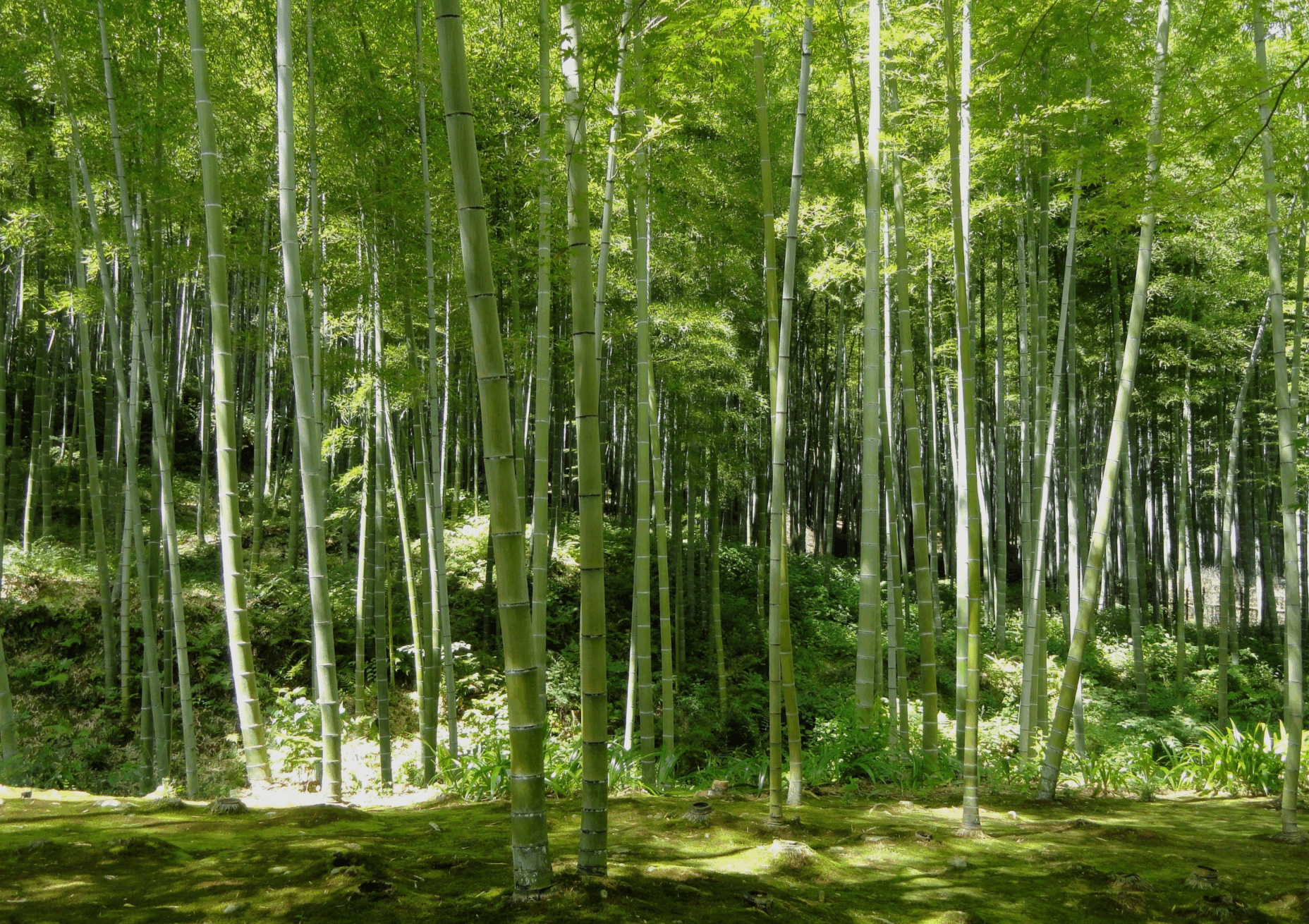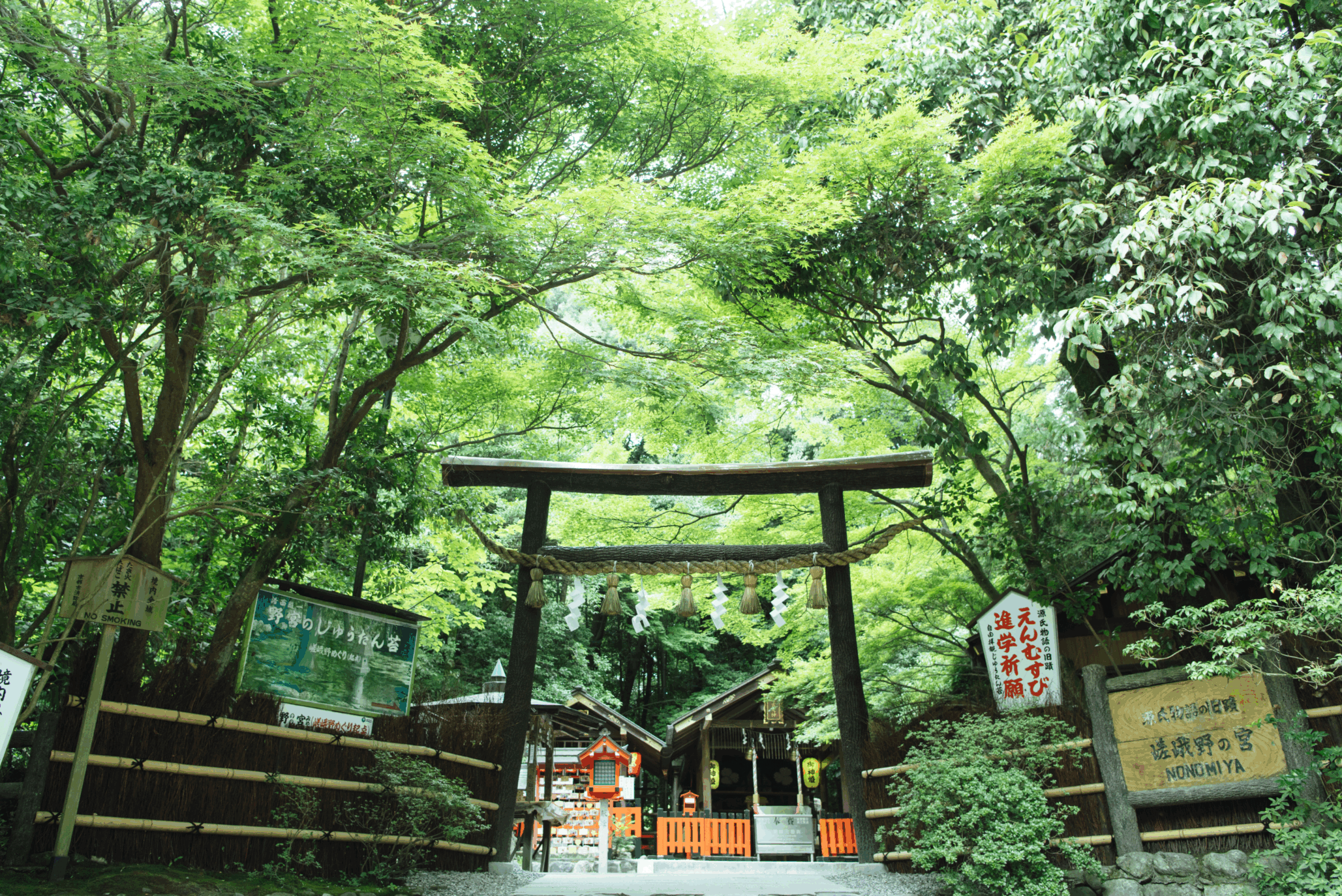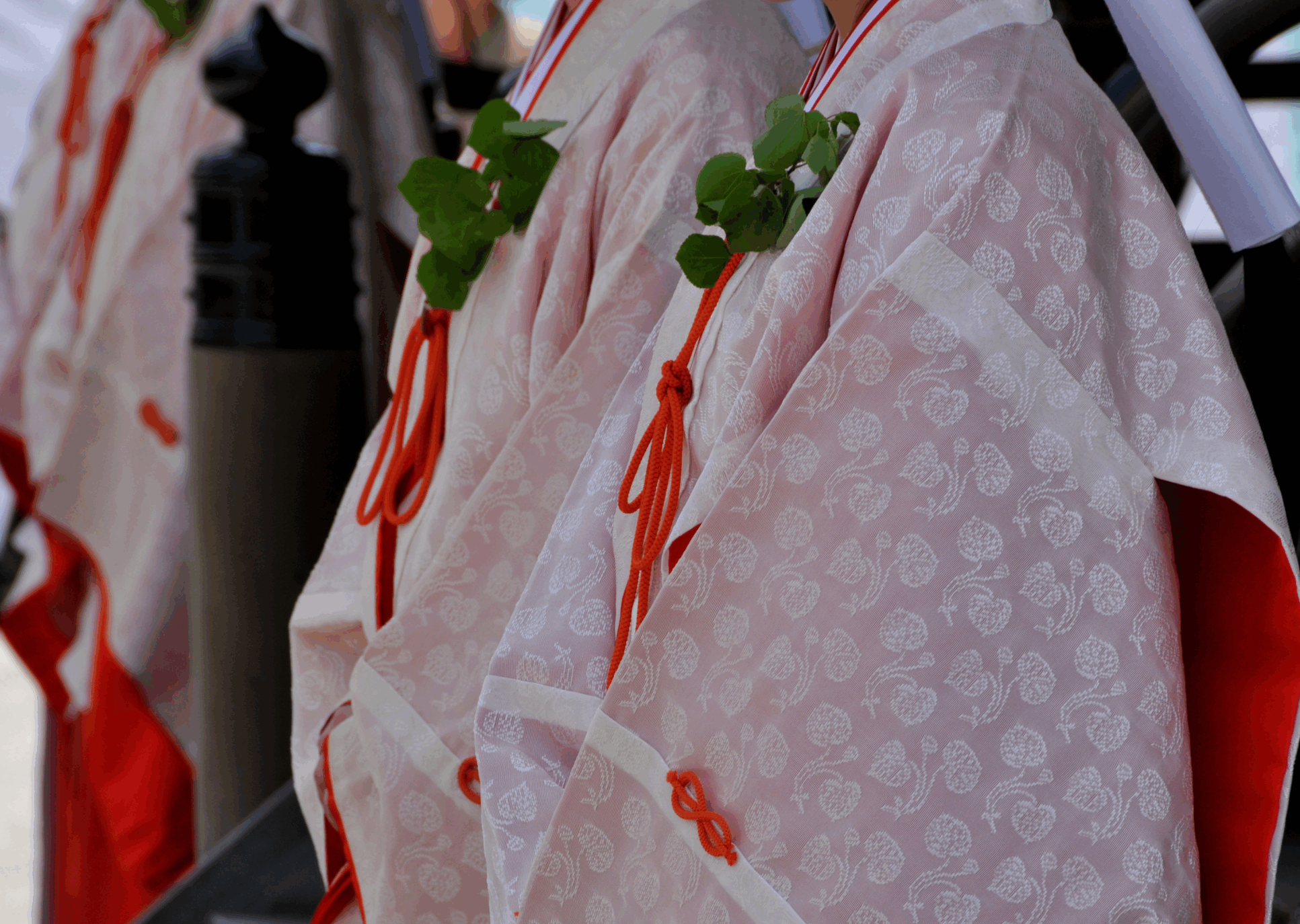When visiting Japan, one of the most fascinating aspects of its culture is Shinto, the native religion centered around spirits known as Kami. A core concept in Shinto is Yaoyorozu no Kami, often translated as “Eight Million Gods.” But what does this really mean?
Whether you’re exploring serene countryside shrines or vibrant city sanctuaries, understanding the idea of Yaoyorozu no Kami will deepen your appreciation of Japan’s spiritual life and cultural heritage.
What Does “Yaoyorozu no Kami” Mean?
The phrase Yaoyorozu no Kami (八百万の神) literally means “eight million gods.” However, the number isn’t meant to be taken literally. In classical Japanese, “eight million” simply symbolizes an uncountable or infinite number.
In Shinto belief, Kami are everywhere—in nature, in objects, even in people. The term expresses the limitless presence of spiritual forces throughout the world.
🔑 Keywords: meaning of Yaoyorozu no Kami, Kami in Shinto
The Nature of Kami in Shinto

Unlike Western ideas of gods, Kami are not always all-powerful beings. They can be:
- Natural elements like mountains, rivers, trees, and wind.
- Phenomena such as thunder or ocean waves.
- Spirits of ancestors or legendary heroes.
- Even man-made objects that have become sacred through tradition or reverence.
Importantly, Kami don’t always fit into categories of good or evil. In Shinto, balance and harmony are more important than moral judgment.
🔑 Keywords: what are Kami, types of Kami, Shinto belief
Kami in Daily Life and Shrines

Role of Kami at Shrines (Jinja)
Shrines (jinja) are sacred spaces built to honor specific Kami. Each shrine typically enshrines one or more Kami, and visitors come to pay respect, seek blessings, and connect with these spiritual beings.
Rituals: Purification, Offerings, and Prayer
When visiting a shrine, you’ll notice specific rituals such as:
- Purification (washing hands and mouth at the chōzuya)
- Offering coins into a box
- Ringing a bell, bowing, and clapping before prayer
These practices help visitors purify themselves and show respect to the enshrined Kami.
Everyday Worship: Omamori, Festivals, and More
Kami are part of daily life in Japan. People buy omamori (protective charms), attend seasonal festivals, and write ema (wishes on wooden plaques) to seek blessings in everything from love and success to health and travel.
🔑 Keywords: Shinto shrines, visiting shrines in Japan, Kami rituals
Famous Kami in Japanese Mythology
Shinto mythology features many well-known deities, each with their own stories and shrines.
Amaterasu – The Sun Goddess
The most important deity in Shinto, Amaterasu is the goddess of the sun and the ancestor of Japan’s imperial family. Her main shrine is Ise Jingu in Mie Prefecture, considered the most sacred Shinto shrine.
Susanoo – The Storm God
Susanoo, the brother of Amaterasu, is associated with storms and the sea. He is known for his wild nature but also for slaying a great serpent. Visit Izumo Taisha in Shimane Prefecture, a major shrine linked to his legends.
Inari – The God of Agriculture and Business
One of the most widely worshipped Kami, Inari is linked to rice, prosperity, and success. Fushimi Inari Taisha in Kyoto, famous for its thousands of red torii gates, is dedicated to this deity.
Izanagi and Izanami – The Creator Gods
These two Kami are said to have created the islands of Japan and many other gods. Shrines such as Awajishima Shrine in Hyogo pay tribute to their role in the origin of the Japanese archipelago.
🔑 Keywords: famous Shinto gods, Japanese mythology gods
How Foreign Visitors Can Respect Kami
When visiting shrines in Japan, it’s important to follow basic shrine etiquette:
- Bow before entering the torii gate and again when leaving.
- Avoid walking down the center of the pathway—it’s considered the path of the gods.
- Cleanse yourself at the purification fountain.
- Be quiet and respectful, especially during rituals or festivals.
- Offer coins (typically 5 yen) and make a short prayer or wish.
These simple steps help show respect to both the Kami and the local culture.
🔑 Keywords: shrine etiquette Japan, how to visit Japanese shrine
Conclusion
The belief in Yaoyorozu no Kami reveals the rich spiritual world of Shinto, where everything from a majestic mountain to a humble tree can be divine. As you explore Japan’s many shrines, take a moment to appreciate the deep cultural roots and sacred atmosphere that surround you.
Whether you’re praying at a major shrine or simply pausing beneath a torii gate, your respectful presence contributes to the living tradition of Shinto.
When visiting Japan, one of the most fascinating aspects of its culture is Shinto, the native religion centered around spirits known as Kami. A core concept in Shinto is Yaoyorozu no Kami, often translated as “Eight Million Gods.” But what does this really mean?
Whether you’re exploring serene countryside shrines or vibrant city sanctuaries, understanding the idea of Yaoyorozu no Kami will deepen your appreciation of Japan’s spiritual life and cultural heritage.


No responses yet